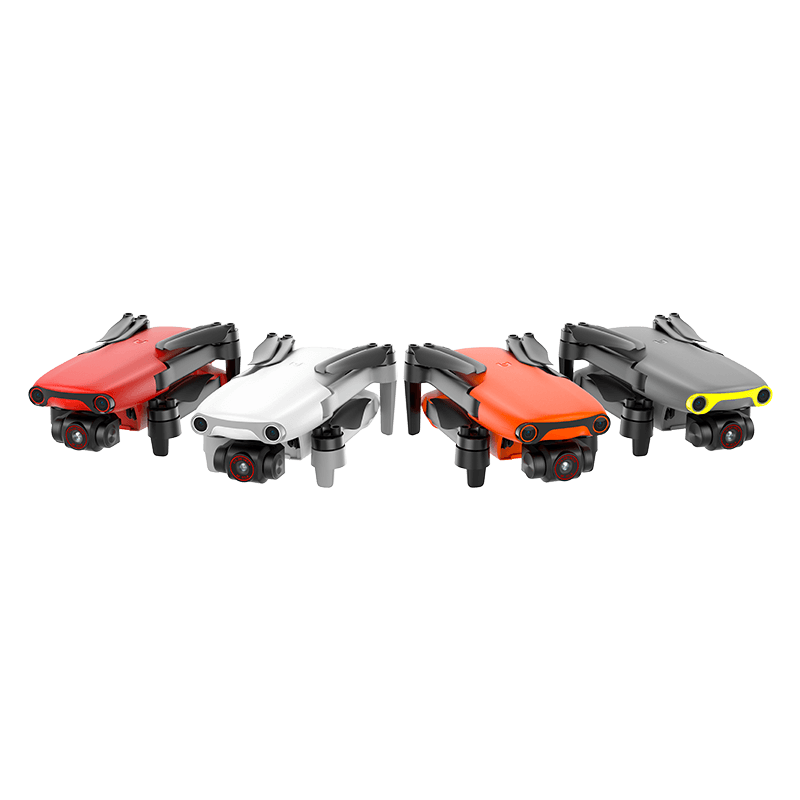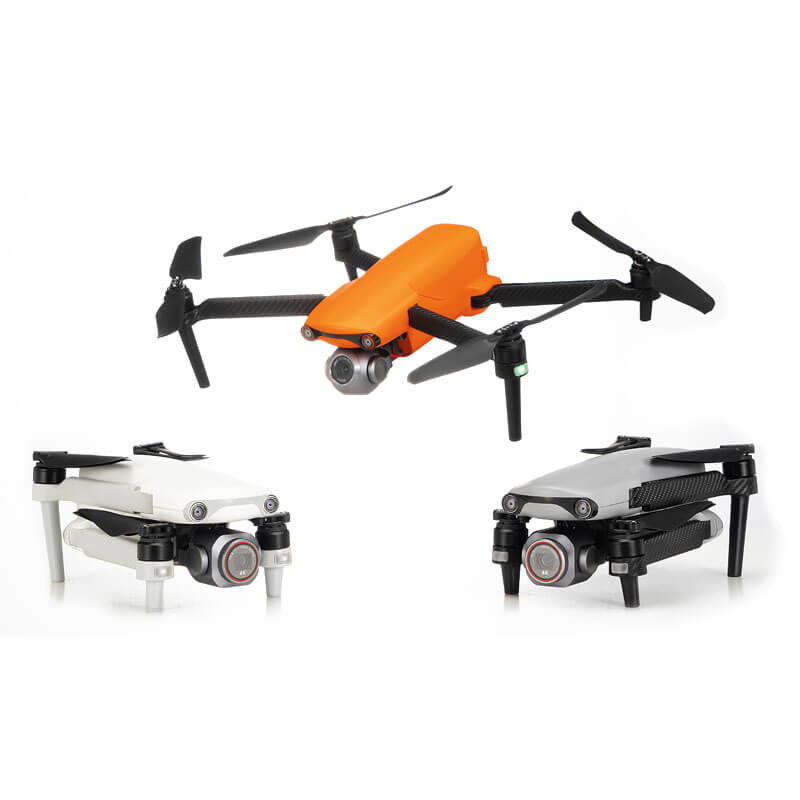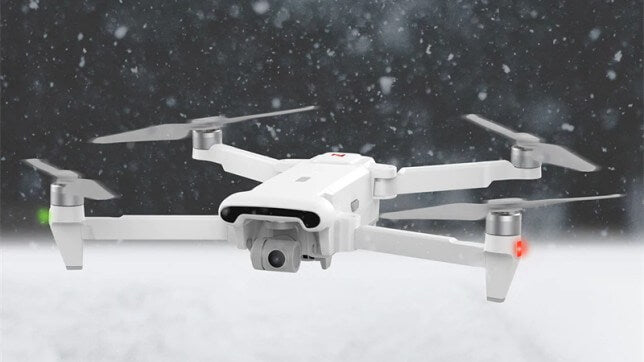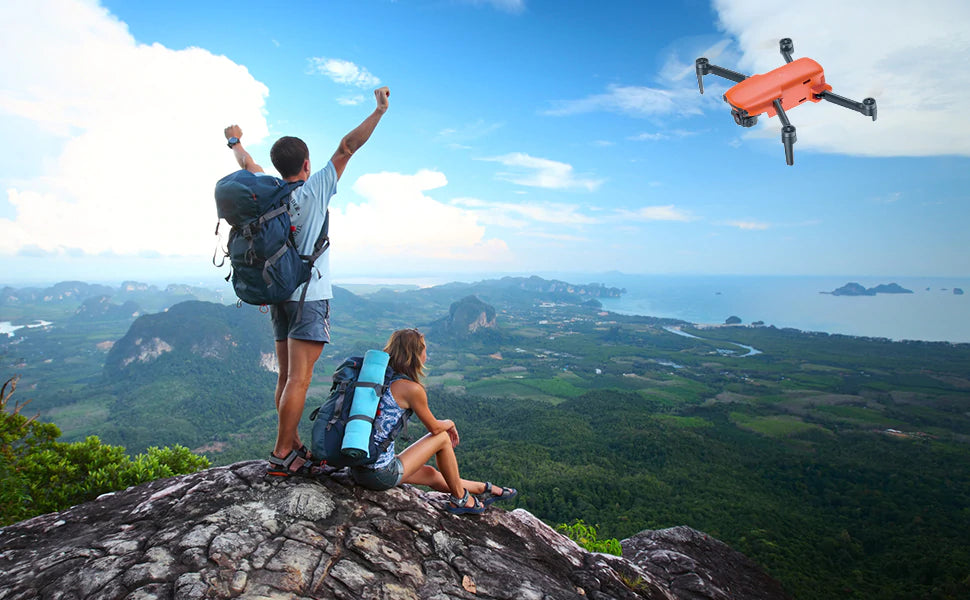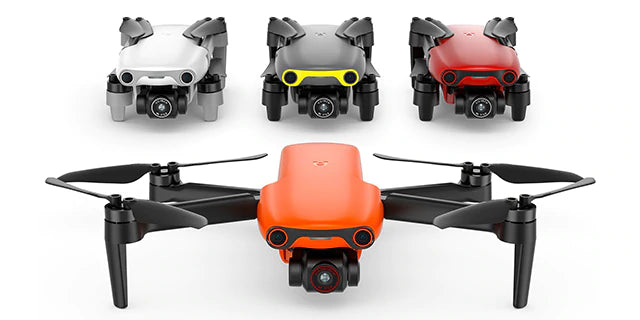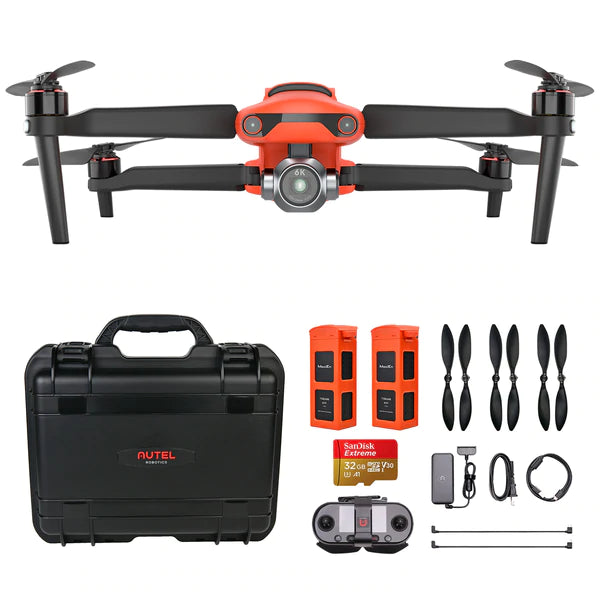On the professional level, professional drones have always been a military project. Drones are the perfect surveillance tool, small and nimble enough to avoid detection when flying over enemy airspace—if they are spotted and destroyed, the only cost is building another. On the consumer side, drones are emerging from a community of pilots of remote-controlled aircraft. We are at the beginning of the drone revolution.
It’s no exaggeration to say that drones have disruptive potential just as self-driving cars can fundamentally reshape how cities function. They will eliminate jobs, create jobs, and upend our perception of distance; they can bring the internet to those who can't, get food and medicine to those who need it, warn people; even, drones And inspire a new sport! But there are also downsides to this nascent industry: regulators and inventors need to work together to make the technology truly work, because in a world where drones fill the skies, there are going to be things we didn't expect. matter.

It should be understood that different application scenarios place different requirements on UAVs. Compared with consumer-grade products, industrial drones have stricter design standards in terms of environmental adaptability, comprehensiveness of information displayed by UI, security redundancy, and image transmission stability. While precise, cinematic and smooth gimbal control is the key to high-end cinematic performance and what consumers are most concerned about, the Autel Drone achieves precision and simplicity to ensure smooth and intuitive production operations. The current consumer drone series includes EVO Nano, EVO Lite, and EVO II series.
The cameras of the Autel EVO Nano series are also very good. EVO Nano is equipped with a 4K ultra-clear camera, which supports shooting 48-megapixel photos and can record up to 4K 30-frame high-definition video. EVO Nano+ uses 1/1.28-inch CMOS, 2.44μm pixel size, F1.9 large aperture, and supports 50-megapixel photos. It is a super configuration for this mini drone, and Autel claims that it "achieves comprehensive Image quality beyond 1 inch".

EVO Lite is the world's first drone to introduce a four-axis gimbal design, which means you can shoot vertical videos for easy editing and sharing on mobile devices, such as TikTok, which focuses on vertical video.
The Autel EVO Lite series also performs well. There are currently two types, Autel EVO Lite and Autel EVO Lite+ drones. The Autel EVO Lite drone is equipped with a 50MP camera, 1/1.28 inch CMOS sensor and RYYB color filter array, capable of outputting With 4K HDR video and ultra-high-resolution stills, the RYYB array captures up to 40% more light than standard RGGB arrays, allowing you to capture all the brilliance of natural scenery.
The Autel EVO Lite+ drone is specially equipped with a smart moonlight algorithm that works with the 20MP camera and 1" CMOS sensor for stunning night shots. Whether you're shooting high-resolution still photos or HDR video up to 6K resolution, the Lite+ can Manual control of exposure and depth of field lets you adjust the aperture from f/2.8 to f/11. The Lite+ also automatically balances overexposure and underexposure, and dual adjustments in both auto and manual modes ensure your images and videos stay sharp.
The Autel EVO 2 Pro Ultra HD camera features a 1-inch sensor with 6k 20MP resolution. Adjustable aperture from f/2.8 - f/11, HDR and intuitive camera controls, it's worth saying that the all-round obstacle avoidance system makes it the perfect choice for any aerial cinematographer or survey pilot.

